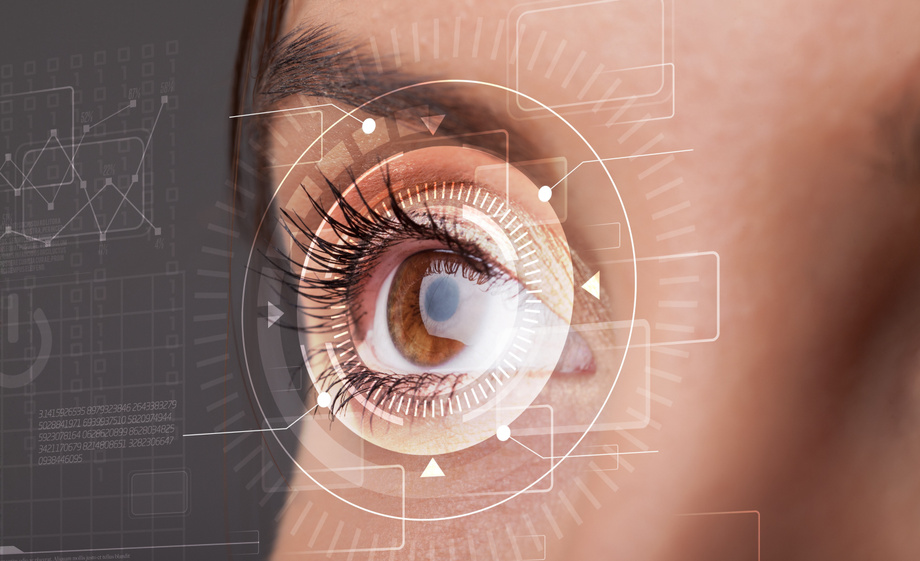GlanceWriter: Writing Text by Glancing Over Letters with Gaze
Writing text using eye-gaze input is a promising hands-free method, particularly beneficial for individuals with motor disabilities or in environments where physical keyboards are impractical, such as virtual or augmented reality settings. Traditional gaze-based text entry methods, which often require users to dwell on each letter for a certain period, can be slow and induce significant eye fatigue. Although dwell-free methods have been explored, they typically involve complex gestures or additional actions to mark the start and end of a gaze path, such as "reverse crossing" or the use of supplementary input modalities like touch. These requirements can be cumbersome, time-consuming, and still prone to errors, limiting the efficiency and usability of gaze-based text entry systems. Consequently, there is a need for an intuitive, fast, and accurate gaze-based text entry method that minimizes the physical and cognitive demands on the user while eliminating the need for additional actions to specify gaze path boundaries.
GlanceWriter is a text entry method that allows users to input text by glancing over keys on a virtual keyboard without the need for dwelling or marking the start and end of a gaze path. It uses a probabilistic decoding algorithm that determines which letters are being typed based on the dynamics of gaze movements and their locations. The system probabilistically decodes the gaze path by examining gaze motion stability and distances to key centers, assigning scores to keys to indicate the likelihood of selection. These scores are aggregated to form word scores, which are then combined with a language model to predict the intended word. The method eliminates the need for "reverse crossing" or other additional actions, streamlining the text entry process. User studies have shown that GlanceWriter significantly improves text entry speed and reduces error rates compared to existing gaze-based text entry methods, making it a promising solution for hands-free text input, especially beneficial for individuals with motor disabilities or in environments where physical keyboards are impractical.

Header image is purely illustrative. Source: ra2 studio, stock.adobe.com/uk/68910992
Higher Typing Speed - Lower Error Rate - Elimination of Dwell Time - No Reverse Crossing Required - Probabilistic Decoding Algorithm - Improved User Comfort - Ease of Error Correction - Better Handling of Gaze Instability - Flexible Gaze Path Ending
Assistive Technology for Individuals with Motor Disabilities - Virtual and Augmented Reality Environments - Medical and Rehabilitation Settings
No patent
Available for licensing.
Development partner - Commercial partner - Licensing
Additional Information:
Patent Information:
| App Type |
Country |
Serial No. |
Patent No. |
Patent Status |
File Date |
Issued Date |
Expire Date |
|